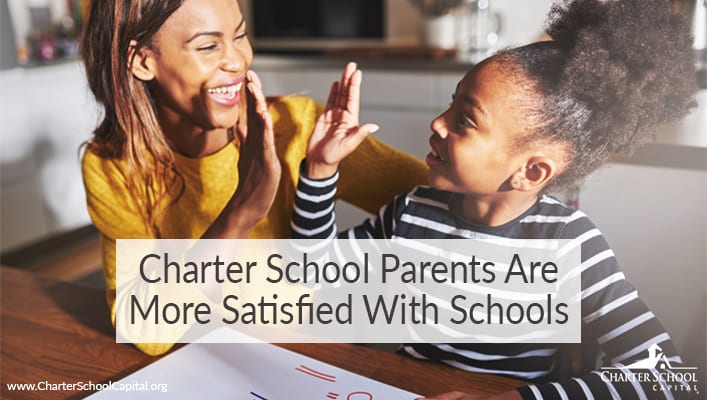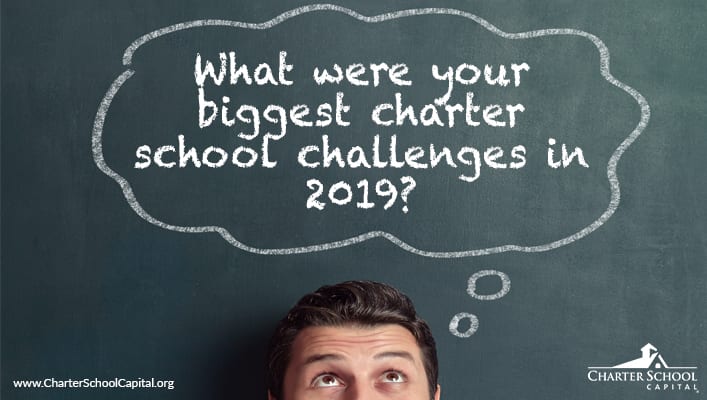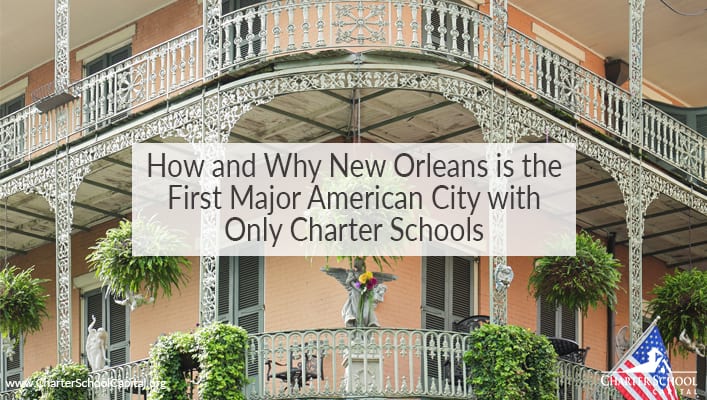
How and Why New Orleans is the First Major American City with Only Charter Schools
Editor’s Note: This post was originally published here on July 1, 2019, by the New Orleans Lens and was written by Marta Jewson who covers education in New Orleans for The Lens.
We think it’s vital to keep tabs on the pulse of all things related to charter schools, including informational resources, and how to support school choice, charter school growth, and the advancement of the charter school movement as a whole. We hope you find this—and any other article we curate—both interesting and valuable.
New Orleans becomes first major American city without traditional schools
On a typically hot July 1 in south Louisiana, when many students and educators are enjoying long holiday vacations, New Orleans has quietly become the first major American city without any traditional schools.
The Orleans Parish school district has teetered on the edge of an all-charter district for years. Each year the number of the district’s direct-run schools has dwindled as some have closed and others have converted or been taken over by charter organizations. During the 2018-2019 school year, the district ran just three schools directly, and that was only after unexpectedly taking control of two struggling charter schools.
The last school to convert, McDonogh 35 Senior High School, is doing so as part of a two-part plan to shut down the traditional school and restart it as a charter. The historic school needed a reset after years of declining scores, Superintendent Henderson Lewis Jr. said last year when he announced the changes.
“My goal is to bring McDonogh 35 back into its premiere position as an academically successful, first-tier high school and this is the best step forward,” Lewis said in December.
Each of the last three years, the district has been poised to become all-charter, but each time, charter groups have withdrawn applications to run schools, or district officials have decided to change course. The district wound up waiting an extra year to hand McDonogh 35 over to a nonprofit.
That group, InspireNOLA, has grown with a wave of charter operators that followed the state’s post-Katrina intervention in New Orleans’ public schools.
Charter schools in New Orleans are run by nonprofit groups that receive a contract from either the state or the district. In exchange for the ability to select curriculum, staff and set their own calendars, they must meet certain academic and financial standards each year. Charter schools receive a 5-year contract and if they pass an initial review after three years they are able to apply for a renewal. Renewal contracts can last anywhere between three and 10-years depending on the school’s performance.
The state-run Recovery School District took over dozens of the city’s schools in the wake of Hurricane Katrina, eventually closing or converting all of them to charter schools. Louisiana’s first charter school law was passed in 1995, but there were only a handful of charters in New Orleans before the storm.
July 1 is important for the school district. It’s the day charter school contracts begin and also marks the start of the fiscal year. One year ago, the city’s RSD charters all transferred back to the local school district’s oversight. That nearly doubled the size of the district.
Last year, the district was on track to have only one traditional school: McDonogh 35. But it ended up taking over two struggling elementary charter schools and running them directly instead.
In May 2018, Cypress Academy’s former governing nonprofit board abruptly announced that the school would not reopen for the 2018-2019 school year. The district took over the school — which served a large number of special education students — to avoid the sudden closure. Initially, Lewis said the district would manage Cypress for two years, but in November, he announced that Cypress would be closed and its students transferred to Foundation Preparatory after the school year ended.
Another charter, Edgar P. Harney Spirit of Excellence Academy, had myriad financial irregularities and was found to have been providing inadequate special education services. The district forced it to surrender its charter, taking it over in January. Harney also closed after the end of the 2018-2019 school year.
District officials say they are focusing on replicating highly rated schools to create more seats for students. The majority of D and F-rated schools in Orleans Parish during the 2018-19 school year were ones that returned from the Recovery School District. Lewis closed four of them, but only the ones that were up for contract renewal.
Education reform advocates have claimed success as test scores and graduation rates have risen. But other groups remain skeptical, noting exams and the state’s grading formula have changed often and that holding charters accountable appears to be an ongoing challenge for the Orleans Parish school district. In addition, schools no longer have a large district to rely on for costly services. That has driven more money to administration and away from the classroom, according to one study.
In its heavily decentralized system, the school district created a number of new positions last summer to monitor charter schools and started tracking the smallest of legal requirements that affect the public, such as boards that fail to post their board meeting minutes online. The district also began telling families at charter schools when their schools will be up for contract renewals — a make-or-break year that can result in school closures.
The district-created “Charter School Framework that was designed to equip OPSB with the foundational tools to hold schools accountable annually and at the point of renewal,” said a statement, attributed to the Orleans Parish School Board, that the district provided to The Lens on Monday.
Asked about the move to an all-charter city, Nahliah Webber, the executive director of the Orleans Parish Education Network, said she doesn’t expect much to change. OPEN is a nonprofit that advocates for inclusive, transparent, and community-aligned public policy.
“We’ve kind of been operating under the understanding that it was already an all-charter system,” she said.
Advocates like Webber worry about the district’s ability to hold the nearly three dozen independent nonprofit organizations that run the city’s roughly 75 schools accountable. Those concerns are especially heightened in light of the recent grade-fixing scandal at John F. Kennedy High School. The problem, first reported by The Lens in March, led to a review of senior transcripts, uncovering problems that went well beyond grade inflation. A close examination of student records revealed 92 of 177 seniors were not eligible for graduation. Most of the ineligible students didn’t learn that until a month after walking at their commencement ceremony.
“Our biggest concern is that we can’t have reactive accountability,” Webber said, after mentioning Kennedy’s seniors, some of whom are now in summer school. “We can’t wait until half the students of a graduating class are found to be ineligible for graduation before OPSB steps in.”
In response to the findings, Lewis called for the state Inspector General’s Office to open a criminal investigation into Kennedy. He’s also ordered an audit of all high school students’ records citywide. It’s a tall order but one he said was necessary to ensure what happened at Kennedy doesn’t happen again.
Lewis’ office appears to be adding more staff to focus on accountability, according to a district statement issued Monday.
“OPSB is continually assessing how best to strengthen and improve its oversight of schools,” an emailed statement from the board said. “Given that, we have identified the need for additional capacity and expertise on our accountability team along with new on-going oversight tools, like we will implement on our annual site visits this fall for high schools.”
The last traditional school
McDonogh 35, the first public high school for African-Americans in New Orleans, was highly regarded for decades. Its list of alumni includes Ernest “Dutch” Morial, the city’s first black mayor, and former New Orleans Police Department Chief Michael Harrison. But the school’s state standardized test scores have been on the decline for years, which Lewis said was a major part of his decision.
The district tried and failed for years to charter McDonogh 35. When those efforts were unsuccessful, and as the school’s academic performance slumped, it decided to phase out the school and restart it. This year, the high school didn’t have new ninth grade students. But the only contractor who qualified to close out the school had problems of its own. So the district opted to run the school for the 2018-19 school year.
Over the last school year, the district awarded charter group InspireNOLA two contracts related to the school. The first was a contract to see McDonogh 35’s older students through graduation. The second, a charter contract, allows the group to start a ninth grade academy this fall. It will add one grade each year until it’s a full high school.
With the official move to an all-charter model, Webber said she’s concerned the system is “digging in its heels.”
“The model is not bearing out the promises that it made,” she said.
A 2018 report by The Education Research Alliance found that the switch to charter schools resulted in substantial improvements in student achievement, graduation rates and college entry. And polling by the Cowen Institute last year found that 60 percent of respondents said that charter schools have improved education in the city. And 55 percent said that the city’s “open enrollment model,” eliminating geographically based enrollment, has improved public education.
Still, Webber noted that a large number of the city’s schools are rated a D or F.
“You have been unshackled from the school in your neighborhood,” Webber said. “But what does that mean?”
She pointed to schools with poor ratings that are nearly all black or hispanic. Meanwhile, she said white students are often overrepresented at schools with better ratings.
“The ultimate choice is those who can chose out of the system altogether.”
In recent years, the district has taken a more hands-on approach to monitoring charters. Last year, it preemptively halted enrollment at four charters it did not think would be open this coming fall. Indeed they are all closed, a decision made by Lewis.
Webber said she hopes the district will change that enforcement model.
“You can’t close your way to a good school system,” she said.
When the district stepped in at Cypress Academy and forced Harney give up its charter midyear, it took over direct operations. A district statement said that has prepared them for future takeovers.
“Given our work this past year at Cypress Academy and Harney Elementary School, OPSB had gathered first-hand experience of what additional resources, policies, and staffing is needed if and when such a takeover is required,” a statement released by the district said.
Still, Webber thinks the district needs to be more proactive. If it sees a problem at one school, she thinks it should be examining similar schools for the same issue.
“It’s been really hard lately to see how the system is going to be able to sustain itself when we have a reactive accountability structure.”
 Since the company’s inception in 2007, Charter School Capital has been committed to the success of charter schools. We help schools access, leverage, and sustain the resources charter schools need to thrive, allowing them to focus on what matters most – educating students. Our depth of experience working with charter school leaders and our knowledge of how to address charter school financial and operational needs have allowed us to provide over $2 billion in support of 600 charter schools that have educated over 1,027,000 students across the country. For more information on how we can support your charter school, contact us. We’d love to work with you!
Since the company’s inception in 2007, Charter School Capital has been committed to the success of charter schools. We help schools access, leverage, and sustain the resources charter schools need to thrive, allowing them to focus on what matters most – educating students. Our depth of experience working with charter school leaders and our knowledge of how to address charter school financial and operational needs have allowed us to provide over $2 billion in support of 600 charter schools that have educated over 1,027,000 students across the country. For more information on how we can support your charter school, contact us. We’d love to work with you!
 Since the company’s inception in 2007, Charter School Capital has been committed to the success of charter schools. We help schools access, leverage, and sustain the resources charter schools need to thrive, allowing them to focus on what matters most – educating students. Our depth of experience working with charter school leaders and our knowledge of how to address charter school financial and operational needs have allowed us to provide over $2 billion in support of 600 charter schools that have educated over 1,027,000 students across the country. For more information on how we can support your charter school, contact us. We’d love to work with you!
Since the company’s inception in 2007, Charter School Capital has been committed to the success of charter schools. We help schools access, leverage, and sustain the resources charter schools need to thrive, allowing them to focus on what matters most – educating students. Our depth of experience working with charter school leaders and our knowledge of how to address charter school financial and operational needs have allowed us to provide over $2 billion in support of 600 charter schools that have educated over 1,027,000 students across the country. For more information on how we can support your charter school, contact us. We’d love to work with you!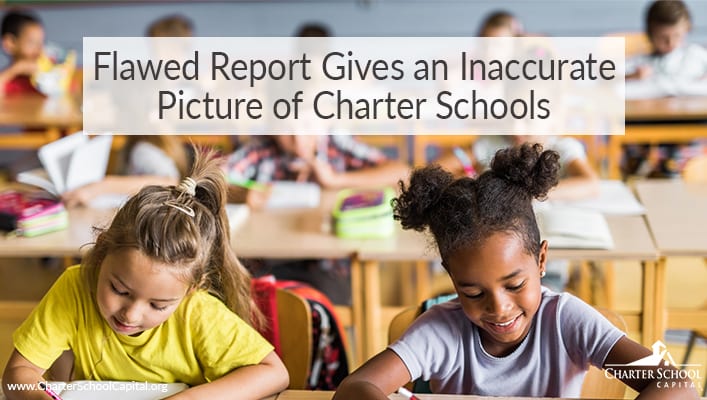

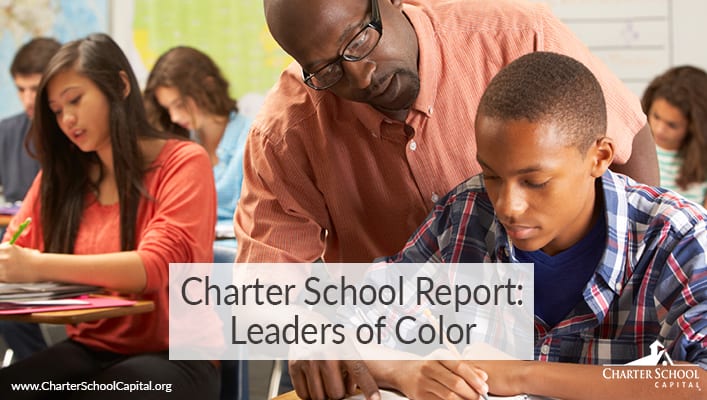
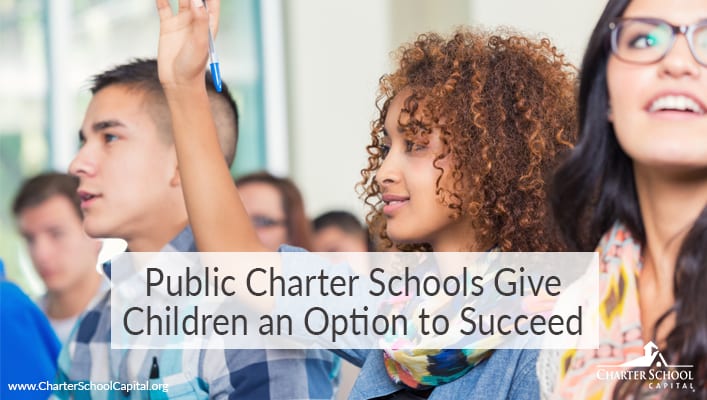 Public Charter Schools Give Children an Option to Succeed
Public Charter Schools Give Children an Option to Succeed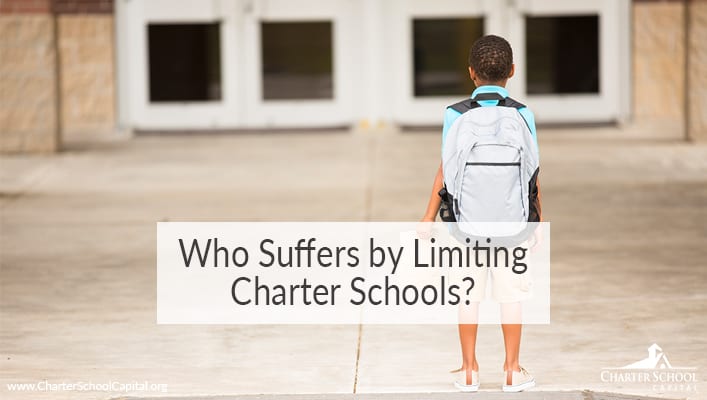
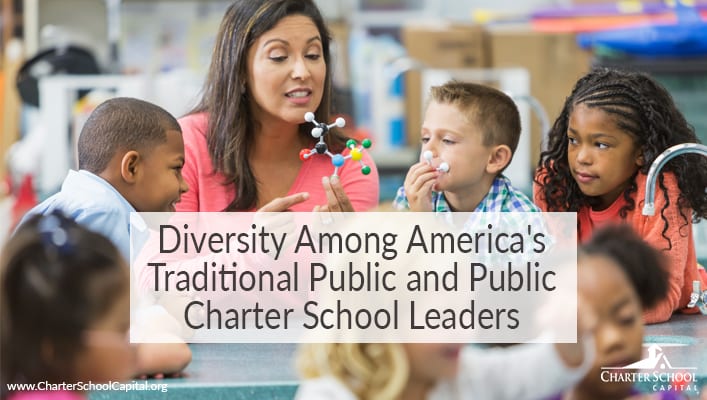
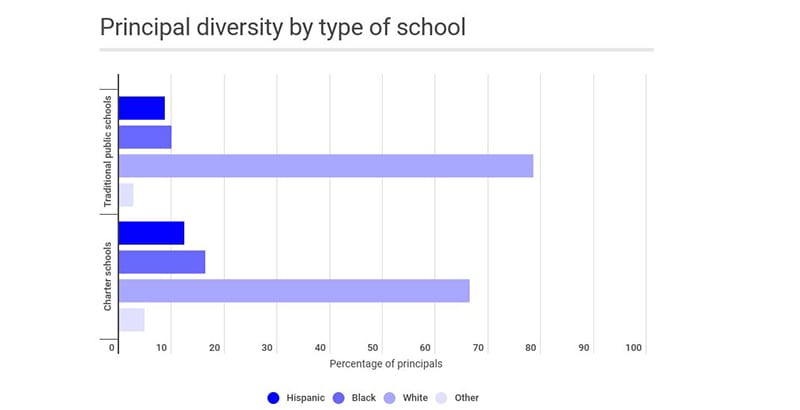

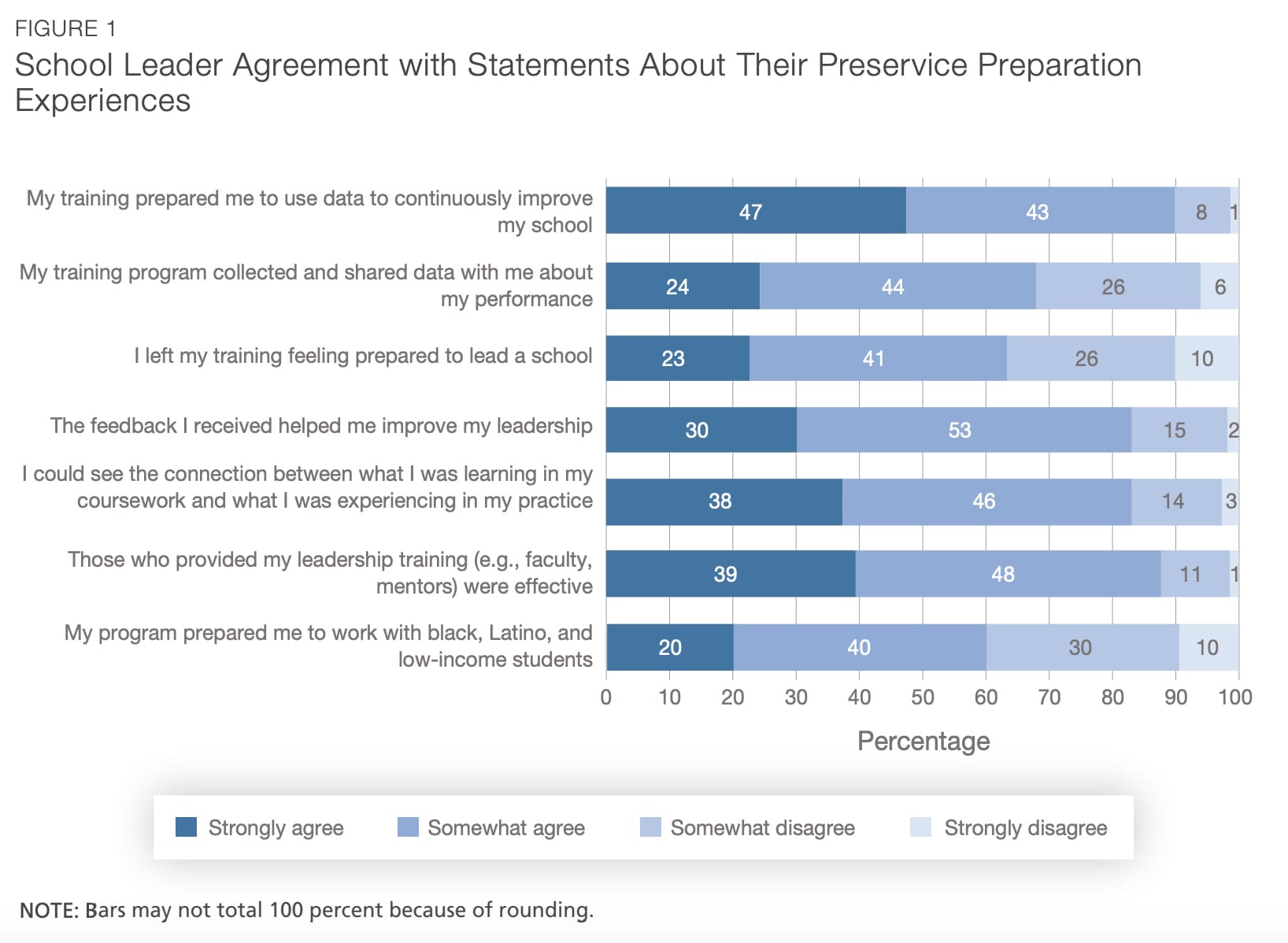
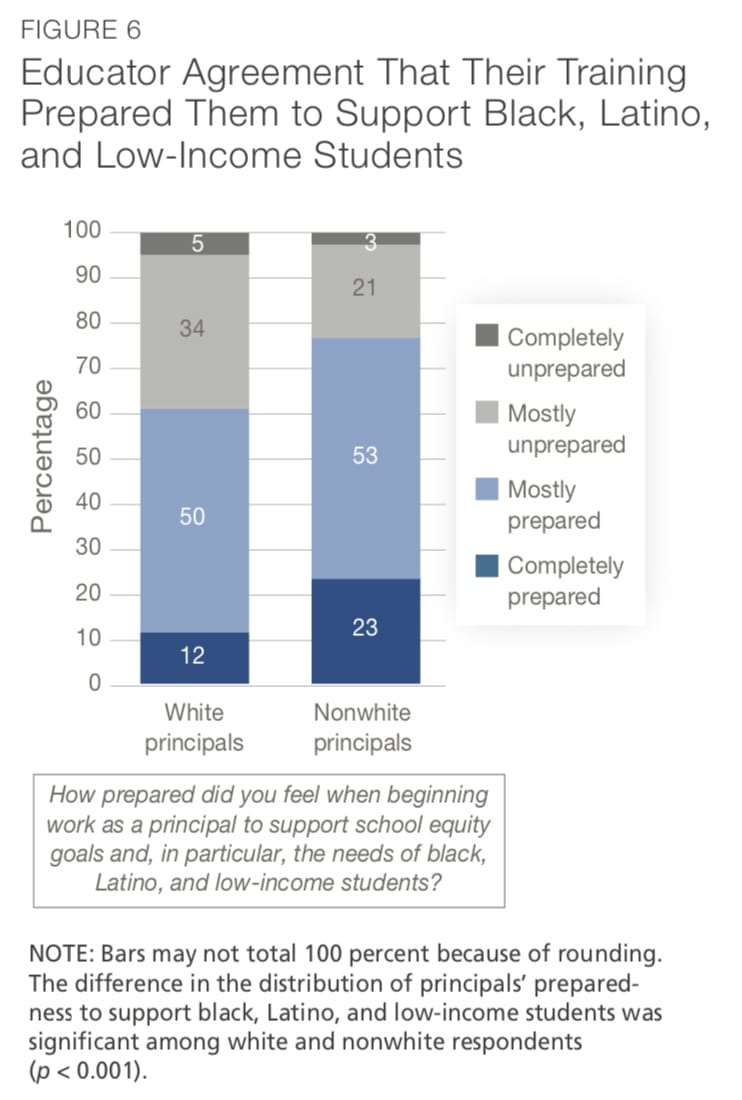 6. Principal turnover tends to hurt student achievement — but not always.
6. Principal turnover tends to hurt student achievement — but not always.